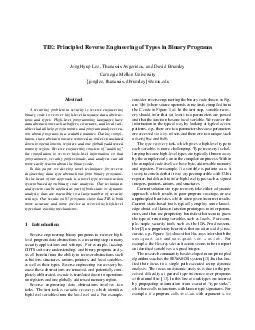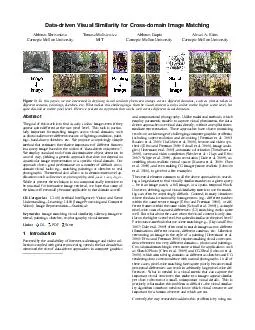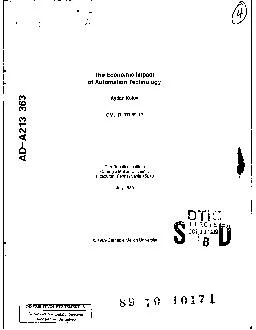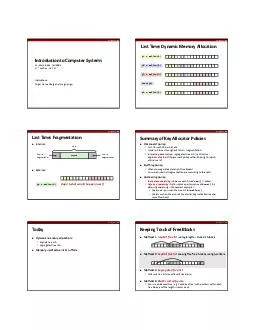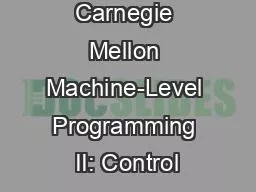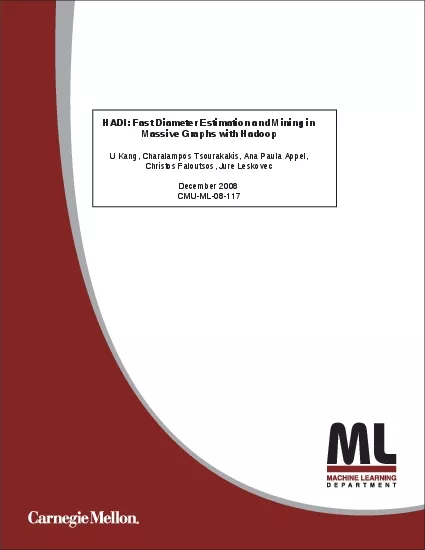PPT-David Brumley Carnegie Mellon University
Author : beatever | Published Date : 2020-08-27
Credit Some slides from Ed Schwartz Control Flow Hijack Always control computation computation control shellcode aka payload padding
Presentation Embed Code
Download Presentation
Download Presentation The PPT/PDF document "David Brumley Carnegie Mellon University" is the property of its rightful owner. Permission is granted to download and print the materials on this website for personal, non-commercial use only, and to display it on your personal computer provided you do not modify the materials and that you retain all copyright notices contained in the materials. By downloading content from our website, you accept the terms of this agreement.
David Brumley Carnegie Mellon University: Transcript
Download Rules Of Document
"David Brumley Carnegie Mellon University"The content belongs to its owner. You may download and print it for personal use, without modification, and keep all copyright notices. By downloading, you agree to these terms.
Related Documents


